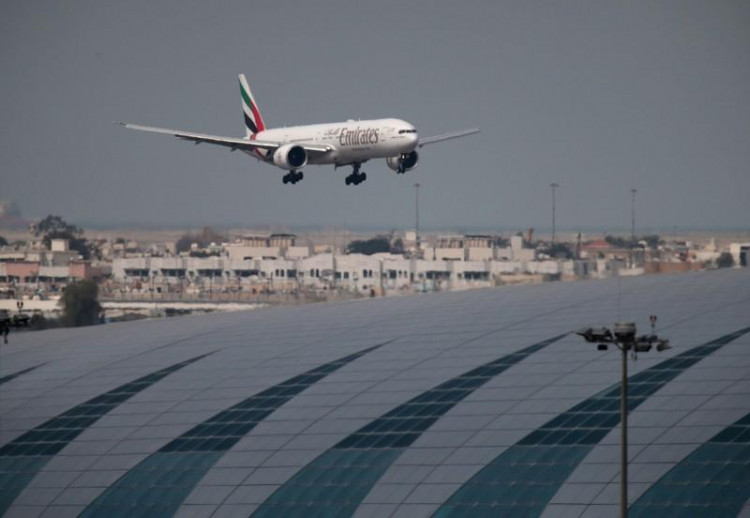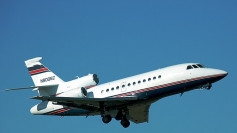Nearly a decade after the disappearance of Malaysia Airlines Flight MH370, a fresh wave of calls for a renewed search has emerged following a retired Australian fisherman's claim of discovering what could be part of the aircraft's wing. The revelation by Kit Olver, who believes he encountered a jet plane wing at sea, has reignited the push for answers in one of modern aviation's most enduring mysteries.
Olver, a 77-year-old former fisherman, recounted his attempt to recover what appeared to be the wing of a commercial airliner seven months after the flight vanished with 239 people on board. Despite informing authorities of the GPS coordinates at the time, his discovery went largely unheeded. It wasn't until he spoke out publicly two weeks ago that the issue gained traction, prompting underwater expert and former navy officer Peter Waring to advocate for a new search.
"An entire wing is large and would have had a far different drift profile than the pieces of debris that turned up in Africa... so it's plausible," Waring explained to the Sydney Morning Herald. He was part of the joint agency team formed by the Australian, Chinese, and Malaysian authorities for the original extensive sea search.
The urgency of the situation is amplified by Waring's belief that Australian and international authorities may have placed too much emphasis on drift modeling theories during the initial search phases, potentially overlooking other possibilities. "Something as big as a wing would have had a distinctly different drift pattern to smaller bits of debris," Waring noted, underscoring the need for a revised approach.
This call for renewed investigation is echoed by aerospace experts Jean-Luc Marchand and pilot Patrick Blelly, who believe that new technology could significantly narrow the search area and expedite the process. "We have done our homework. We have a proposal ... the area is small and considering new capabilities it will take 10 days," Marchand stated, emphasizing the feasibility of a quick and focused search.
Despite the extensive and costly initial search, which remains the most expensive in aviation history, the main wreckage site has never been located. Small parts and debris confirmed to be from MH370 have washed up in various places, including the French island of Réunion and the coast of Mozambique, but the bulk of the aircraft remains unaccounted for.
Olver, haunted by his discovery and frustrated by the lack of response, has now cleared his conscience by going public. "That's it. I've told my point of view," he said. Meanwhile, the Australian Maritime Safety Authority claims it has no record of his call, adding another layer of complexity to the situation.
As the mystery of MH370 continues to captivate the world, the recent developments and expert insights offer a glimmer of hope that a renewed search might finally provide some answers. With technological advancements and a more targeted approach, authorities may have a renewed opportunity to solve one of the most perplexing aviation puzzles of our time.






